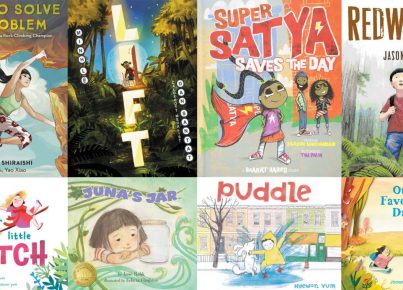In the past half a century, a lot of people have found themselves in hot water because they were accused of cultural appropriation. What is cultural appropriation? It is the use and adoption of features of another culture with the consent or approval of people who belong to that culture. The vagueness of this definition, as well as the vagueness of cultural appropriation, in general, has made it a troublesome phenomenon.
America is a “melting pot” that includes people from various cultures, races, and ethnicities, so it is not surprising that the traditions and practices of various cultural groups get co-opted. People who grow up in communities with a lot of diversity pick up the slang, customs, and nuances of the cultures that are represented.
However, this is not cultural appropriation. Cultural appropriation happens when the members of an oppressive or dominant group exploit the cultures of less entitled communities. This is usually done without a proper understanding of that culture’s history and the nuances of their traditions.
What is Cultural Appropriation?
In the introductory paragraph of this piece, we gave a brief explanation of what cultural appropriation is. However, to fully understand the concept, we must dissect the terms “culture” and “appropriation.” Culture can be defined as the traditions, ideas, beliefs, and speech associated with a specific group. Appropriation is the unjust and sometimes illegal taking of something that is not yours.
Black music, Asian martial arts, and Native American decoration, fashion and cultural symbols have been the most culturally appropriated things in American history. This can be traced back to the fact that Americans have a history of seeing people of color as less than human. And consequently, borrowing or taking from them was no crime.
Art forms and music forms that emanated from people of color end up being emulated by the dominant group, and after a period, these artistic contributions end up being associated with the appropriator and not the originator. The appropriators end up appearing innovative and creative, and the people they stole from continue to be labeled as unintelligent and unoriginal. This is particularly concerning, as this exploitation robs minority groups of the credit they deserve and perpetuates a false narrative of white superiority.
Avoiding Cultural Appropriation
As a member of the majority, it may be challenging for you to recognize that you are guilty of cultural appropriation unless it is brought to your attention. However, it is your responsibility to research ways to gauge if something you want to do is under the umbrella of cultural appropriation. Luckily, I have a solid method for deciding if an action is a cultural appropriation. I call it the D.E.E. method, and all you have to do is ask yourself a series of questions. Here we go:
Denigration: Does what I am planning to say or do, denigrate another culture? Meaning, is it respectful to the culture in question? How would the members of that culture feel?
Exploitation: Am I “borrowing” or “emulating” parts of this culture out of genuine interest or am exploiting it for material gains?
Embarrassment: Am I using portions of another culture in a satirical or comical way? Do I plan to embarrass members of the culture by making fun of their customs, practices, or beliefs?
If you are planning to do any of these things, then you will be guilty of cultural appropriation if you go through with it. If you have a genuine interest in the culture, then you may have a reason to emulate it. The exchange of traditions, foods, and customs helps to keep life interesting and the word diverse. Just make sure your intentions are good and that you portray the culture in question in a positive light.




